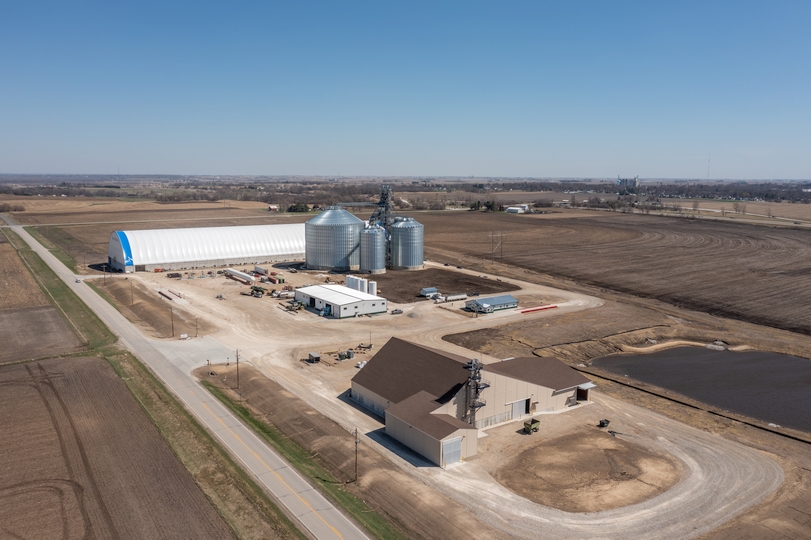You Can’t Call ‘Force Majeure’ on Talent Management
As of this writing, the buzzwords of “force majeure” and “unfulfilled contracts” are being used daily throughout the agricultural supply chain. We now have fertilizer manufacturers, crop protection manufacturers, equipment manufacturers, poultry and other livestock production organizations, technology firms, and service-based companies unable to meet their contractual agreements and demand this upcoming season. Unforeseen manufacturing challenges, shipping challenges, global socio/political events, and major shifts in employee availability and their demands have undoubtedly impacted our industry.
The response to most of these supply chain issues is to point the finger at our favorite scapegoat of the decade, COVID-19. (Yes, even leaders making unpopular and ill-advised decisions can be linked to theories surrounding COVID’s impact on the psychology of critical thinking). Every organization I have connected with over the past two years has lamented the impact of COVID on their ability to hire, engage, and retain employees. I, too, in my last three articles, have jumped onboard with the COVID impact and shared strategies to address the impact of COVID on agribusinesses.
And while we can attribute the timing of these events to COVID, we unfortunately cannot lump our human resource challenges in with the rest of our supply chain by blaming COVID and calling “force majeure.” The definition of force majeure is “unforeseeable circumstances that prevent someone from fulfilling a contract.” That definition might be even appropriate if it weren’t for one word — unforeseeable.
Signals Ignored
The coronavirus pandemic no doubt created unforeseeable challenges within the workplace. Yet in many ways, the impact of COVID, whether through workers dropping out of the workforce, demanding a better work/life balance, or seeking improved compensation, merely highlights problems that were already on the horizon. We were just too wrapped up in our businesses to address those looming signals. “The Great Resignation” isn’t an unexpected event. The events over the past two years are the launch of an inevitable demographic collision that we’ve ignored for decades. That collision being the consequence of the retirement of the baby boomers, the decline in birthrate, and the resulting decline in college and post-secondary admissions slowly coming together all at once.
These trends, combined with worker frustration has set the entire snowball in motion. American workers are frustrated with compensation gaps, they are realizing that two days of travel for a one-hour meeting may not be efficient, they are questioning if hundreds of hours/year commuting to an office could be utilized in more effective ways, and are concluding that career advancement is all for nothing without a work/life balance that meets their personal needs. But again, this is not unexpected. We saw this, we may have talked about this, and we may have even been concerned about this.
But did your organization do anything about this?
Despite the current decline in COVID health risks, employment changes are continuing to evolve at a rapid pace. In January, LinkedIn reported that one of their 800 million members changed jobs every 15 seconds! They also noted that in 2020, only one in 67 paid jobs in the U.S. offered remote or hybrid options, while in January 2022, it shifted to one in six companies. This isn’t surprising when they still show work/life balance as the top reason for changing roles, with company culture and compensation in distant second and third place.
Acknowledgement
Companies are slowly recognizing that the key to attracting and retaining top talent starts with enabling a culture that prioritizes the well-being of their employees. The trends are not changing, so it’s time to accept the new norm and make the necessary adjustments to your hiring strategy.
Flexibility will continue to be key to attracting and retaining top talent. When employees are satisfied with their companies’ time and location flexibility, they are 2.6 times more likely to report being happy.
The right cultural fit. Recognize that interviews are about candidates choosing your organization, and not your opportunity to screen them out. Jobseekers are choosier about finding the right fit, with LinkedIn noting that job seekers are exploring more than two times more companies and interviews before making a career decision. Use every interview as an opportunity to show candidates why you are a great company to work for, and not spend the entire conversation trying to determine if they are not.
As noted earlier, work/life balance is currently the most critical factor when workers’ weigh a new opportunity. Companies that recognize this trend and find creative ways to address it, will have a significant advantage in attracting top talent.
It’s clear that the pandemic has led to a big shift in what matters to both your current and future employees. This is forcing every organization to rethink their talent management strategies. But while these changes present challenges, they also offer opportunities. Organizations that make the right adjustment to renew their cultures, and enhance their employer brand, can win big in the new war for talent.






